So what exactly is a session beer? Well, depending on who you are talking to you will get a range of answers. Some argue BJCP style guidelines and state that a session beer is either an English styled Mild or Bitter because the term session beer likely originated there. Some debate that it goes further than this argument and define the style in terms of alcohol content. Some may include Light mass produced American lagers in this category while others may not. What they do I think of as a session beer? I believe it can be just about any style and I personally fall more into the category that argues ABV% as the defining factor. So in my definition a Michelob Ultra would technically fall under the “definition” but that still doesn’t mean its any good.
In the end though it doesn’t really matter how you define it as long as you know what you are looking for and this post is more about generic guidelines to follow regardless of the style. After doing some reading I picked out a few general tips following recipe formation from grain selection to mashing to hops to yeast to cold side fermentation. But before we start, here are a few things I looked at:
http://www.byo.com/stories/beer-styles/article/indices/11-beer-styles/2344-session-beers-techniques
http://redwoodcoastbrewers.org/treatise_on_session_beers.html
http://beersmith.com/blog/2011/09/15/session-beer-with-the-mad-fermentationist-beersmith-podcast-22/
Grain: The goal here (in my opinion) is to get a lot of flavor out of the small amount of grain you are using so character malts are essential. Special Roast, aromatic, biscuit, crystal, honey and Munich malts are all great for adding additional body and flavor but they must be used in moderation. Other good options include Vienna or lighter Munichs, Carafa, lighter Crystal, or small amounts of
roasted barley. While sugar is often cited in English Bitters it brings down FG, raises the alcohol content and provides no flavor so it doesn’t seem necessary unless those are your goals. In the end it comes down to balance and because your overall poundage of grain is significantly lower than a “normal”beer, ¼ lb or even just 1-2 ounces of specialty malts can make a difference.
Mash: With the end goal being a low alcohol brew with flavor and body you can safely mash higher than normal. Achieving a more dextrinous wort will leave a higher final gravity and more unfermentable sugar behind which will aid in body and flavor. However, this is why balance of character malts is important. While you want body and flavor an excessive amount of crystal malt can easily overrun your beer and throw it out of balance. Watching the percentages as opposed to the total weight can help prevent this.
Other options for mashing which should be mentioned include the full volume mash and the decoction mash. Using full volume without a sparge has been argued to increase flavor and body by some and cuts a step out of your brewday. Decoction mashing does the opposite by adding a lot of work to your brewday while debatably altering your beer in ways that cannot be achieved through grain additions and normal mashing but this is not the time or place to discuss the merits of a decoction mash. Another option is boiling down the first runnings in a separate kettle to achieve some kettle caramelization which deepens the color and the flavor of the wort but may not be appropriate of all styles. These are a few things to consider but none are ever necessary.
Hops: Hopping a session beer is a fine line but the main goal is balance while achieving flavor. Hops are tricky because levels of flavor and aroma are determined by style but staying within the bitterness ratio of a given style is a good guide. If flavor and aroma is needed hops with lower alpha acids toward the end of the boil are easier to work with on a small scale than higher alpha acid hops. Ignoring a traditional bittering hop addition at 60 minutes and hopbursting (continuously hopping from 15-0 minutes) can help reach your desired IBUs while achieving an intense flavor and aroma. Dry hopping of course is another option which aids in flavor and aroma.
Yeast: Again, this is a bit of personal preference but there are a few things to consider. First is flavor. Are you looking for the yeast to have an impact or simply to cleanly ferment the beer leaving the malt and hops to shine through? Second is attenuation. If you’re seeking that higher final gravity Safale US-05 may not be the way to go. Instead, less aggressive yeast strains with lower expected attenuation are available.
Cold Side Fermentation: These steps aren’t really any different than any other beer but with a smaller and simpler beer off flavors have less to hide behind. So, in short: ferment at a stable temp, pitch proper amounts of healthy yeast, be extra crazy about cleaning and sanitizing and properly aerate your beer. Cold conditioning can also achieve a solid and drinkable product but isn’t always necessary.
In the end though it doesn’t really matter how you define it as long as you know what you are looking for and this post is more about generic guidelines to follow regardless of the style. After doing some reading I picked out a few general tips following recipe formation from grain selection to mashing to hops to yeast to cold side fermentation. But before we start, here are a few things I looked at:
http://www.byo.com/stories/beer-styles/article/indices/11-beer-styles/2344-session-beers-techniques
http://redwoodcoastbrewers.org/treatise_on_session_beers.html
http://beersmith.com/blog/2011/09/15/session-beer-with-the-mad-fermentationist-beersmith-podcast-22/
Grain: The goal here (in my opinion) is to get a lot of flavor out of the small amount of grain you are using so character malts are essential. Special Roast, aromatic, biscuit, crystal, honey and Munich malts are all great for adding additional body and flavor but they must be used in moderation. Other good options include Vienna or lighter Munichs, Carafa, lighter Crystal, or small amounts of
roasted barley. While sugar is often cited in English Bitters it brings down FG, raises the alcohol content and provides no flavor so it doesn’t seem necessary unless those are your goals. In the end it comes down to balance and because your overall poundage of grain is significantly lower than a “normal”beer, ¼ lb or even just 1-2 ounces of specialty malts can make a difference.
Mash: With the end goal being a low alcohol brew with flavor and body you can safely mash higher than normal. Achieving a more dextrinous wort will leave a higher final gravity and more unfermentable sugar behind which will aid in body and flavor. However, this is why balance of character malts is important. While you want body and flavor an excessive amount of crystal malt can easily overrun your beer and throw it out of balance. Watching the percentages as opposed to the total weight can help prevent this.
Other options for mashing which should be mentioned include the full volume mash and the decoction mash. Using full volume without a sparge has been argued to increase flavor and body by some and cuts a step out of your brewday. Decoction mashing does the opposite by adding a lot of work to your brewday while debatably altering your beer in ways that cannot be achieved through grain additions and normal mashing but this is not the time or place to discuss the merits of a decoction mash. Another option is boiling down the first runnings in a separate kettle to achieve some kettle caramelization which deepens the color and the flavor of the wort but may not be appropriate of all styles. These are a few things to consider but none are ever necessary.
Hops: Hopping a session beer is a fine line but the main goal is balance while achieving flavor. Hops are tricky because levels of flavor and aroma are determined by style but staying within the bitterness ratio of a given style is a good guide. If flavor and aroma is needed hops with lower alpha acids toward the end of the boil are easier to work with on a small scale than higher alpha acid hops. Ignoring a traditional bittering hop addition at 60 minutes and hopbursting (continuously hopping from 15-0 minutes) can help reach your desired IBUs while achieving an intense flavor and aroma. Dry hopping of course is another option which aids in flavor and aroma.
Yeast: Again, this is a bit of personal preference but there are a few things to consider. First is flavor. Are you looking for the yeast to have an impact or simply to cleanly ferment the beer leaving the malt and hops to shine through? Second is attenuation. If you’re seeking that higher final gravity Safale US-05 may not be the way to go. Instead, less aggressive yeast strains with lower expected attenuation are available.
Cold Side Fermentation: These steps aren’t really any different than any other beer but with a smaller and simpler beer off flavors have less to hide behind. So, in short: ferment at a stable temp, pitch proper amounts of healthy yeast, be extra crazy about cleaning and sanitizing and properly aerate your beer. Cold conditioning can also achieve a solid and drinkable product but isn’t always necessary.
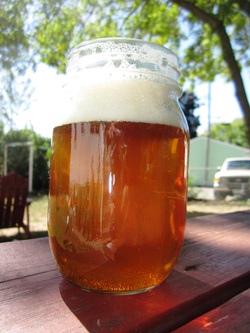

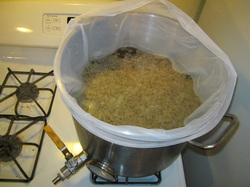
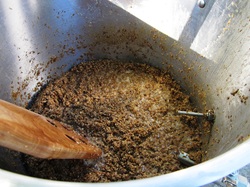

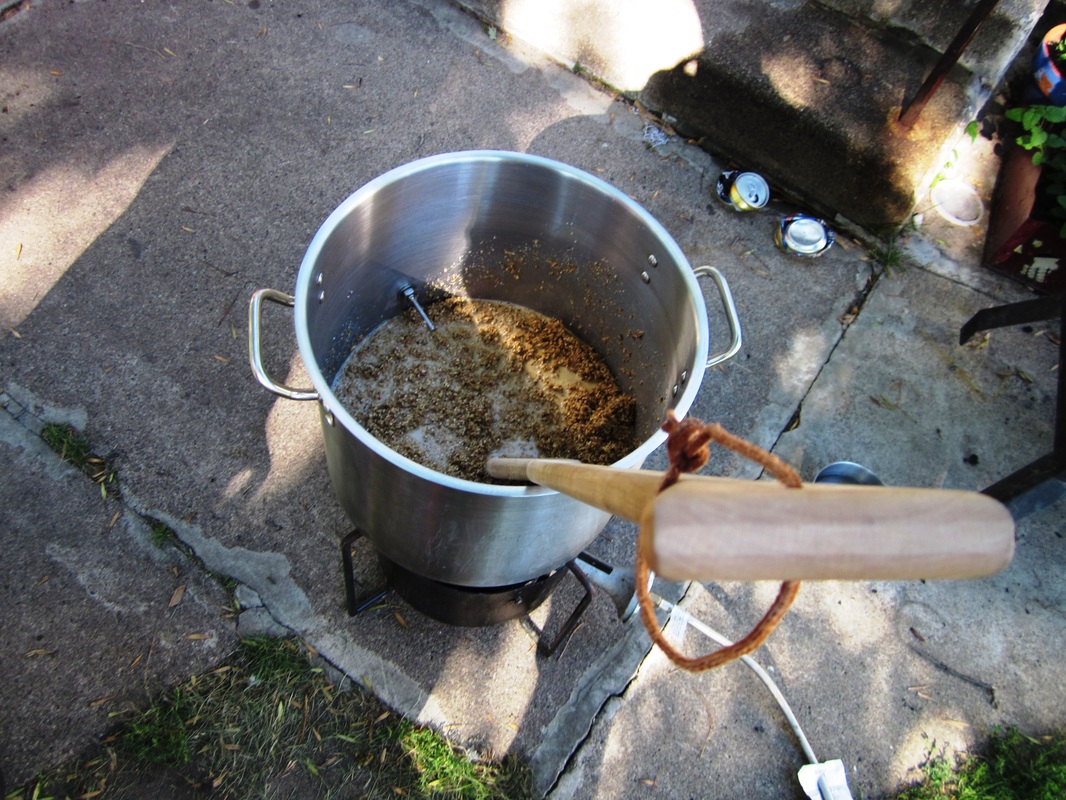
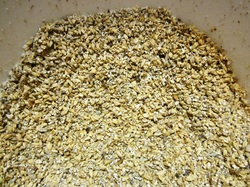

 RSS Feed
RSS Feed